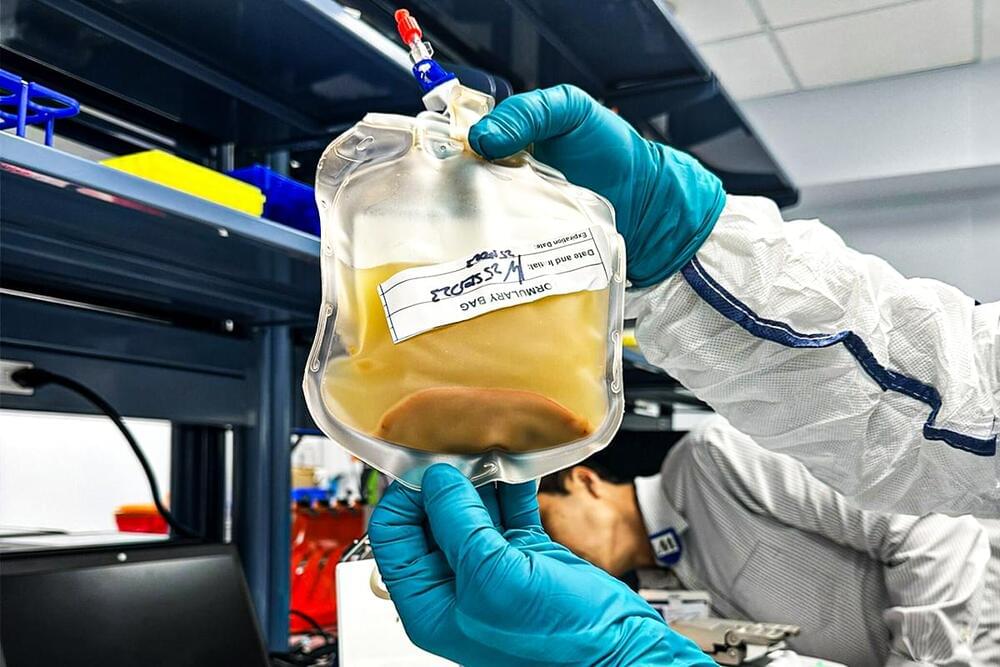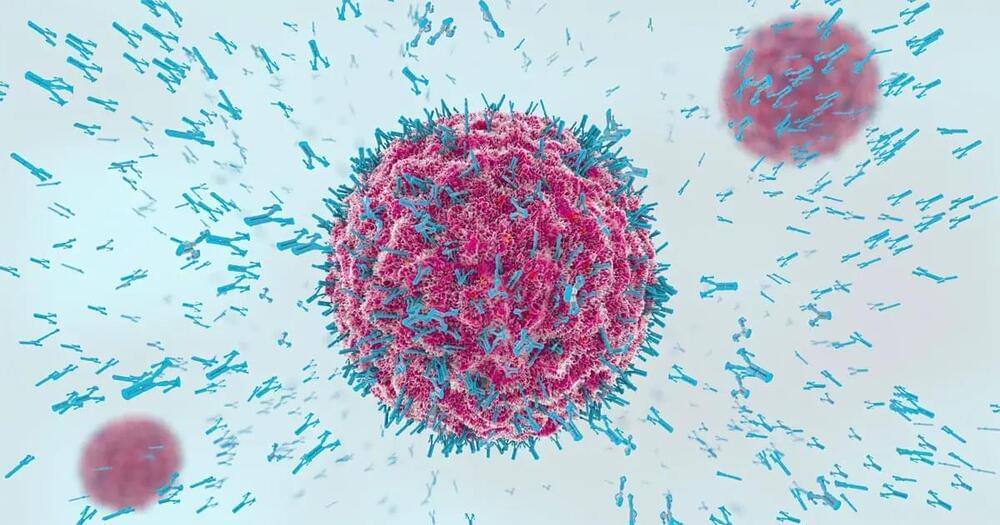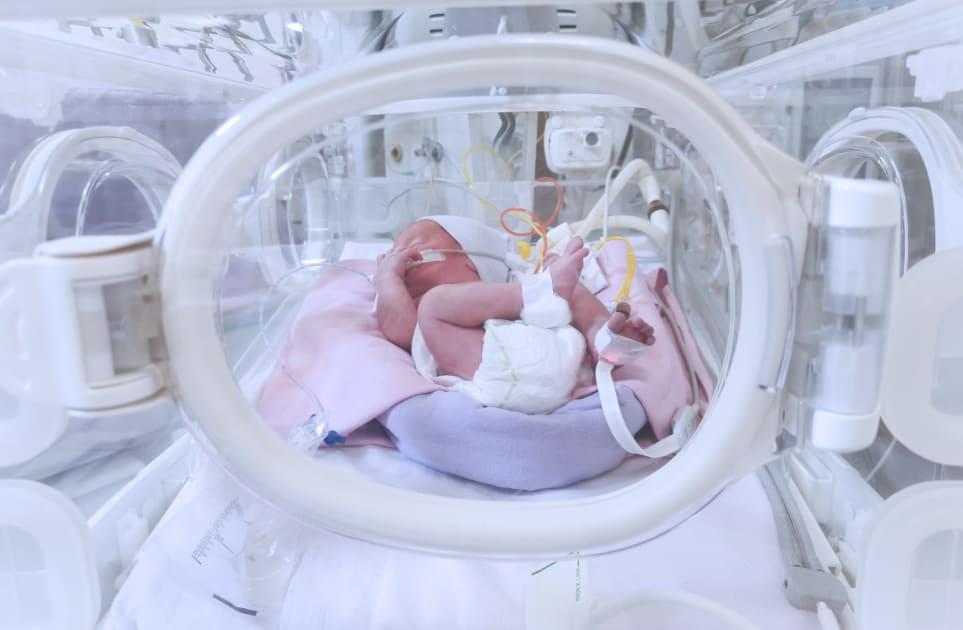Apr 2, 2024
LyGenesis treats first patient in first-of-its-kind liver regeneration trial
Posted by Shubham Ghosh Roy in categories: biotech/medical, health
Cell therapy company LyGenesis today revealed that the first patient has received treatment in the Phase 2a clinical trial of its regenerative cell therapy targeting end-stage liver disease (ESLD). The therapy, known as LYG-LIV-001, treats ESLD via an allogeneic regenerative cell therapy transplanted into patients’ lymph nodes.
ESLD affects nearly 2% of the US population, with more than 50,000 Americans succumbing to chronic liver disease annually. Often stemming from cirrhosis, ESLD poses significant health risks, and many patients are ineligible for traditional liver transplants.
The Phase 2a clinical trial, an open-label, dose-escalation study, is currently recruiting 12 patients diagnosed with ESLD. Each participant will undergo close monitoring for one year to assess the safety, tolerability, and efficacy of the transplanted hepatocytes in addressing the symptoms of ESLD.

















